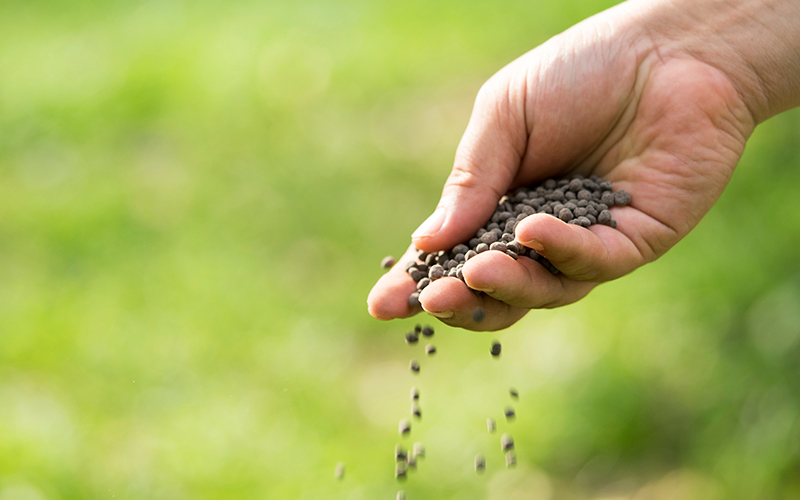According to Penn State Agricultural Extension Service
… fertilization does more to improve poor-quality turfgrass or maintain good quality turfgrass than any other management practice. Proper fertilization practices produce a dense, medium- to dark-green turf that resists pests and environmental stresses.
However,
Careless application techniques or excessive amounts of fertilizer applied at the wrong time of year can result in serious turf damage and contamination of water resources. Successful turf maintenance fertilization requires that you assess your turf’s nutritional requirements, understand fertilizers, know how much to apply and when, and use proper application techniques.
From Turfgrass Fertilization: A Basic Guide for Professional Turfgrass Managers 11/10/16
We know that DIY Homeowners typically manage to keep their lawns looking green. We also know that a lot of excess fertilizer applied to lawns ends up in our waterways. Lawn fertilizer is the largest component of nutrient pollution related to stormwater runoff in PA. This excess fertilizer results in rapid growth of algae in streams, rivers, and the bay. Decomposition of algae consumes much of the oxygen from the water. Fish and other aquatic fauna cannot survive in water with low oxygen levels.
Leaving turf care to experts is better for our water resources. The licensed turf care technicians at Good’s Tree and Lawn Care Inc.:
- Apply fertilizer at the proper time and at the proper interval.
- Apply fertilizer at or below nutrient limits established and regulated by the state.
- Keep application equipment well maintained and calibrated to ensure fertilizer accurate delivery rate.
If we don’t already care for your lawn, give us a call for a 2022 proposal.


